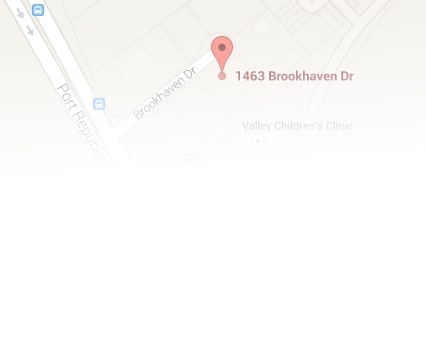For liability and tax reasons, many real estate projects of considerable size, such as shopping centers, apartment buildings and office buildings, are owned by limited partnerships or limited liability companies. For tax purposes, these entities are generally treated as partnerships and references to partnerships in this blog will generally apply to both state-law limited partnerships and limited liability companies. The partnership form is fine until one decides to exit the real estate project through a like-kind exchange (also referred to as “tax deferred exchange”, “Internal Revenue Code section 1031 exchange” or simply “exchange”). At that point, if some partners want to cash out on their investment but other partners want to participate in an exchange, then advanced planning will be necessary to properly structure the exchange. To properly structure a like-kind exchange under these conditions, the partnership should begin the planning process well before it enters into a contract (“Relinquished Property Contract”) to sell the relinquished property, preferably at least a year in advance of signing that contract. With proper advanced planning, the partnership could successfully structure the exchange in one of the following ways:
• Drop and Swap. Under this method, the partnership would distribute tenants in common interests in the relinquished property out to those partners interested in participating in an exchange. The former partners and the partnership would then enter into the Relinquished Property Contract with the purchaser. At the closing on this sale, those former partners wishing to participate in an exchange may do so while all other owners may cash out. This structure is referred to as a “drop and swap”. Prior to the sale, the former partners and the partnership should enter into a written tenants-in-common agreement which addresses the management and operation of the property until it is sold. Care should be taken to ensure that the former partners and the partnership are not treated as partnership for tax purposes, which could defeat the purpose of this advance planning. The owners or their property manager would then operate the property until the owners enter into the Relinquished Property Contract and then close on that sale.
For a legal consultation with a personal injury lawyer, call (434) 817-3100
• Cash Buy-Out. Under this method, the partnership would redeem or purchase the ownership interest of any retiring partners wishing to cash out on their investment. Then the partnership is free to participate in its own like-kind exchange. Ideally any necessary partnership interest redemptions would take place at least 12 months before the Relinquished Property Contract is signed. The LLC would then hold on the property or properties received in the exchange (“replacement property”) for at least one year.
• Swap and Drop. Another method available to partners who want to participate in an exchange but do not want the partnership to continue after the exchange has been completed is referred to as the Swap and Drop. Under this method, the partnership would purchase multiple replacement properties. Once the exchange has been completed and at least one year has transpired, the partnership would then distribute each replacement property out to the partner or partners wishing to receive that specific property.
Without proper planning, all of these options involve some degree of risk. The IRS is known to attack these exchanges under several different theories that I will discuss in my next blog post.
For more information about tax-free exchanges, please call Greg Johnson, one of MartinWren, P.C.’s Virginia 1031 Exchange Attorneys, at (434) 817-3100.
Call (434) 817-3100 or complete a Case Evaluation form



